The Senegal Parrot: A Comprehensive Guide
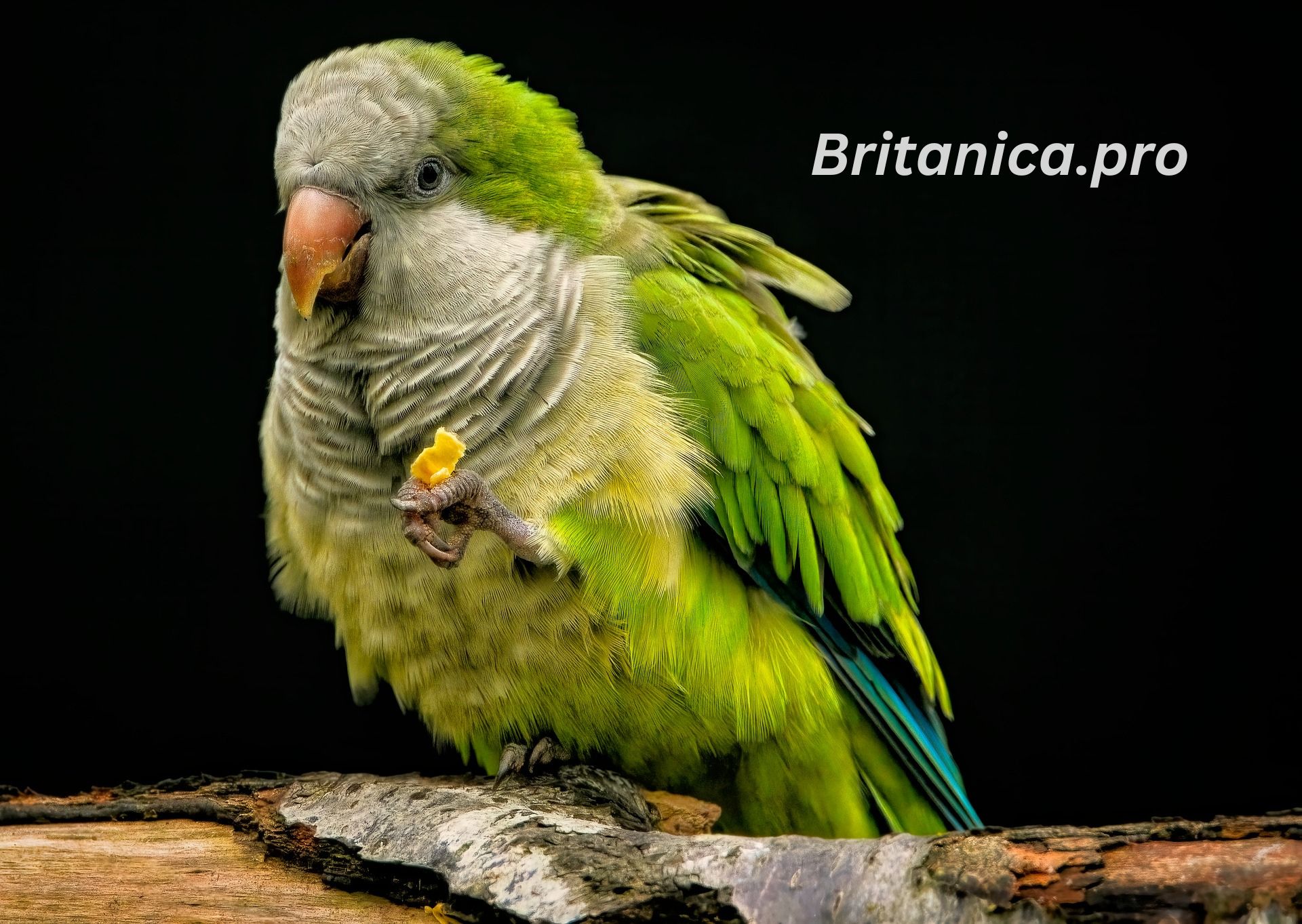
The Senegal Parrot, scientifically known as Poicephalus senegalus, is a captivating species that has won the hearts of bird enthusiasts around the globe. With its striking colors, playful demeanor, and impressive vocal abilities, this parrot stands out in the avian world. This article delves into the Senegal Parrot’s characteristics, care requirements, behavior, and the joys of having one as a pet.
Introduction to the Senegal Parrot
The Senegal Parrot is a member of the Poicephalidae family and is native to West Africa. Its natural habitat spans several countries, including Senegal, Gambia, Guinea-Bissau, and parts of Mali and Nigeria. In the wild, these parrots are known for their sociable nature and complex vocalizations.
Physical Characteristics
Size and Shape
Senegal Parrots are medium-sized parrots, with adults typically measuring between 9 to 10 inches (23 to 25 cm) in length. They have a robust, sturdy build and a distinctive head shape that contributes to their charming appearance.
Plumage
The Senegal Parrot’s plumage is a vibrant mix of colors. The most common variety features a green body with a yellow belly and a contrasting black beak. Their wings are adorned with a mix of green and blue feathers, while their tail feathers are a beautiful shade of green with hints of blue and yellow. A notable feature is their orange underwing feathers that become more visible during flight.
Eyes and Beak
They have striking orange or yellow eyes that stand out against their green feathers. Their beak is dark, and its strong, curved shape is well-suited for cracking seeds and nuts, which are a significant part of their diet.
Behavior and Temperament
Social Nature
Senegal Parrots are known for their social and affectionate behavior. In the wild, they live in flocks, which provides them with constant interaction and stimulation. As pets, they thrive on social interaction and should not be left alone for long periods.
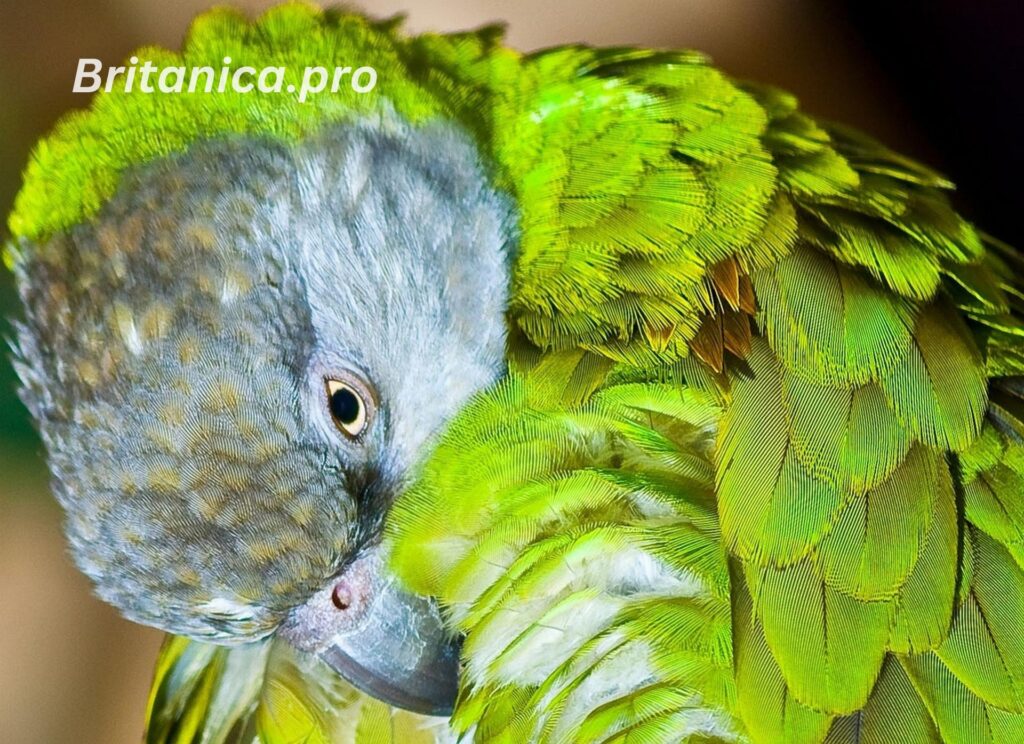
Intelligence and Training
These parrots are highly intelligent and can learn a variety of tricks and commands. They are capable of mimicking human speech, although their vocabulary is typically limited compared to some other parrot species. Their intelligence means they need regular mental stimulation to stay happy and healthy.
Playfulness
Senegal Parrots are playful and enjoy a variety of toys and activities. Providing them with interactive toys, puzzles, and climbing structures helps keep them entertained and prevents boredom.
Housing and Environment
Cage Size and Setup
When it comes to housing, Senegal Parrots need a spacious cage that allows them to move around comfortably. A cage size of at least 24 x 24 x 24 inches (60 x 60 x 60 cm) is recommended, with larger cages being even better. The cage should be equipped with perches of varying sizes and materials to promote foot health and prevent boredom.
Environmental Enrichment
In addition to toys and perches, providing environmental enrichment is crucial. This can include foraging toys, climbing ropes, and swings. Ensuring the parrot has access to natural sunlight or full-spectrum lighting is also important for their overall health.
Diet and Nutrition
Basic Diet
The Senegal Parrot’s diet should include a high-quality pellet formulated for parrots, which provides essential nutrients. Fresh fruits and vegetables should also be included to ensure a balanced diet. Safe fruits include apples, berries, and bananas, while vegetables such as carrots, leafy greens, and sweet potatoes are excellent choices.
Avoiding Toxic Foods
Certain foods are toxic to parrots and should be avoided. These include chocolate, caffeine, alcohol, avocado, and foods high in salt or sugar. It’s essential to be aware of these toxins to keep your parrot healthy.
Hydration
Fresh and clean water must always be accessible. Water bottles or bowls should be checked daily to ensure they are clean and filled.
Health Care and Grooming
Regular Check-ups
Routine veterinary check-ups are important for maintaining the Senegal Parrot’s health. Regular visits to an avian vet can help detect and address any health issues early.
Feather Care
Senegal Parrots generally do a good job of maintaining their feathers. Providing a bath or misting them with water can help keep their plumage clean and healthy. Regular grooming helps prevent feather plucking and keeps their feathers in good condition.
Nail Trimming
Nail trimming is a necessary part of grooming for Senegal Parrots. Overgrown nails can lead to discomfort and make perching challenging. If you’re unsure how to trim your parrot’s nails, consult with a vet or an experienced bird groomer.
Breeding and Reproduction
Mating Behavior
In the wild, Senegal Parrots typically breed in pairs and are known to form strong bonds. They build nests in tree cavities and often lay 2 to 4 eggs per clutch. The eggs are incubated by the female, while the male provides food and protection.
Breeding in Captivity
Breeding Senegal Parrots in captivity requires careful planning and preparation. A suitable breeding pair needs a spacious and safe environment, as well as a proper diet to ensure the health of both the parents and the chicks.
Challenges and Considerations
Potential Behavioral Issues
Like all parrots, Senegal Parrots can exhibit behavioral issues such as biting, screaming, or feather plucking. These behaviors are often a result of stress, boredom, or lack of social interaction. Addressing these issues involves understanding the root cause and providing appropriate behavioral enrichment.
Time and Commitment
Owning a Senegal Parrot is a long-term commitment, as these parrots can live for 20 to 30 years or more. They require daily attention, interaction, and care. Prospective owners should be prepared for the time and effort involved in ensuring their parrot’s well-being.
Conclusion
The Senegal Parrot is a delightful and engaging pet that can bring joy and companionship to those prepared to meet its needs. With its vibrant plumage, playful nature, and ability to form strong bonds with its human caregivers, the Senegal Parrot is a rewarding addition to any household. Understanding and meeting its dietary, environmental, and social needs can ensure a happy and healthy life for your Senegal Parrot.
Whether you are considering adopting a Senegal Parrot or are already a proud owner, this comprehensive guide should help you appreciate and care for this remarkable species. Their intelligence, charm, and affectionate nature make them a wonderful companion, and with the right care, they can thrive and bring endless joy to your life.

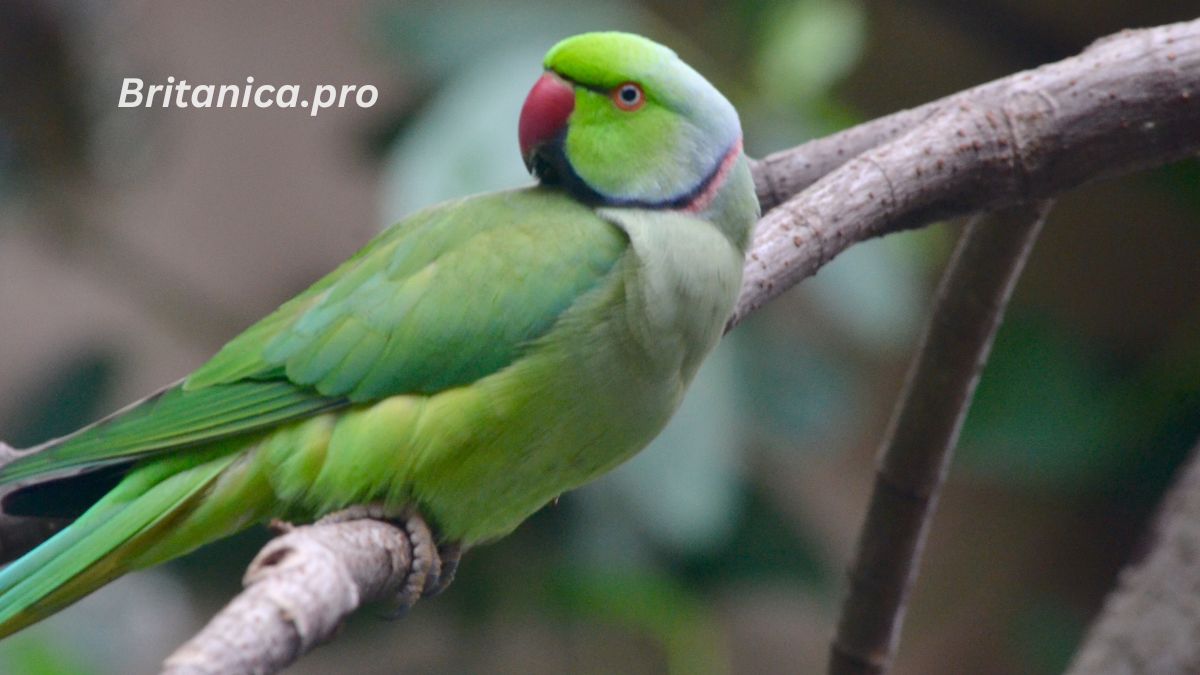
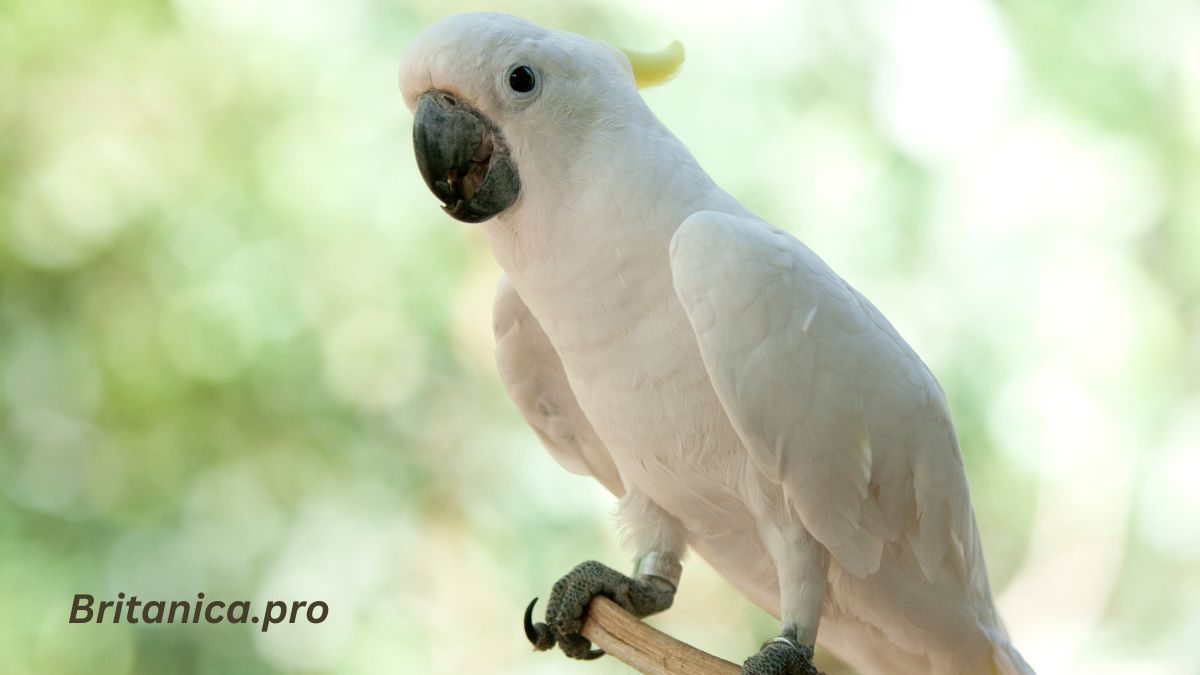
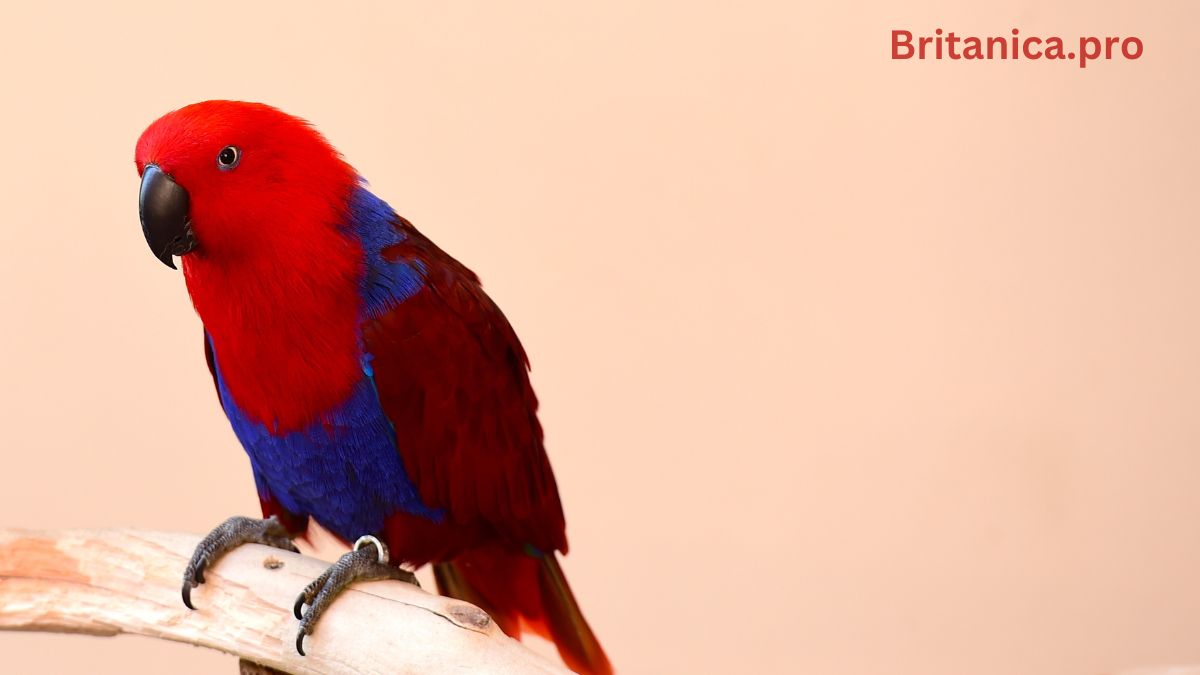
Leave a Reply